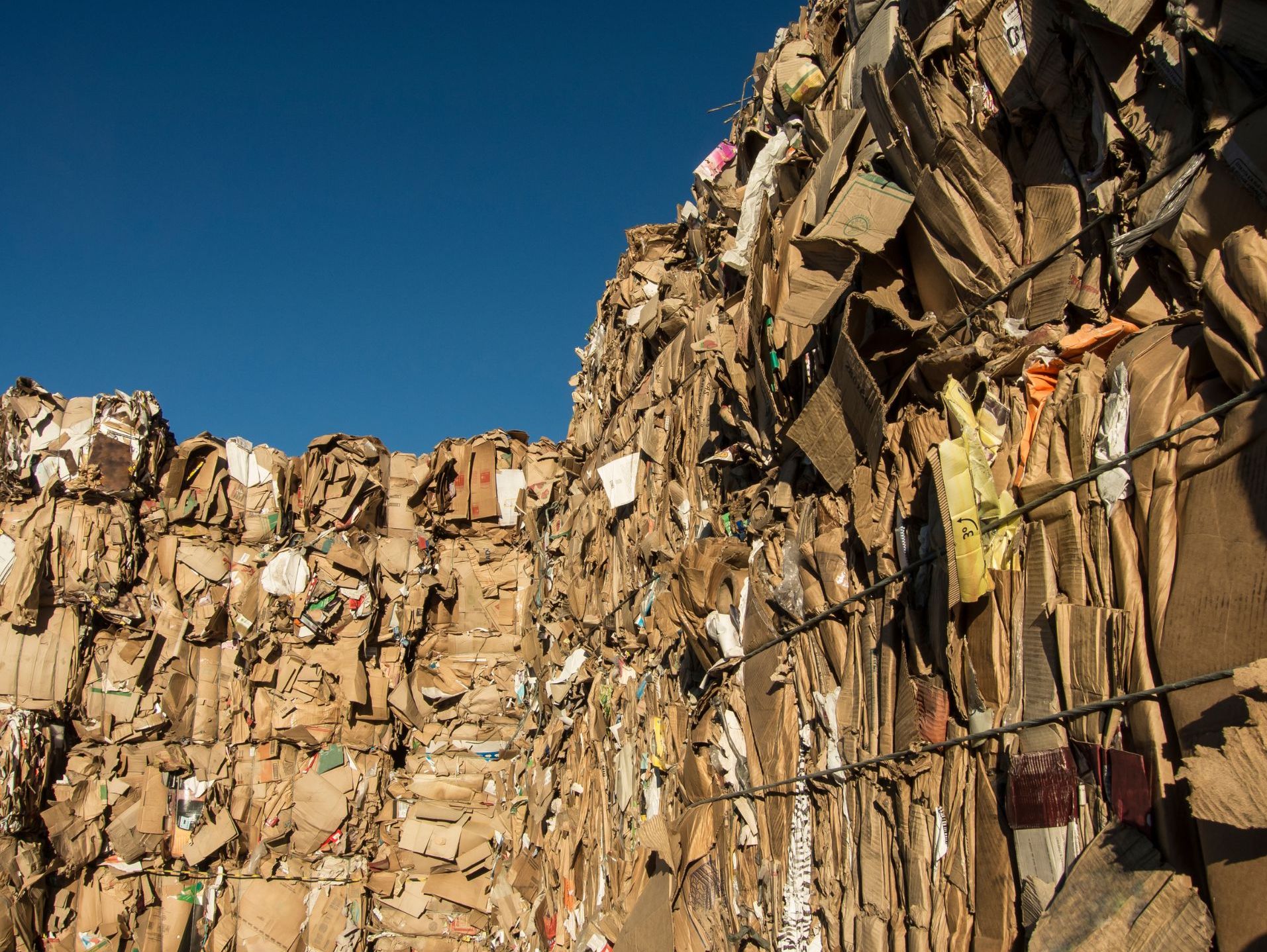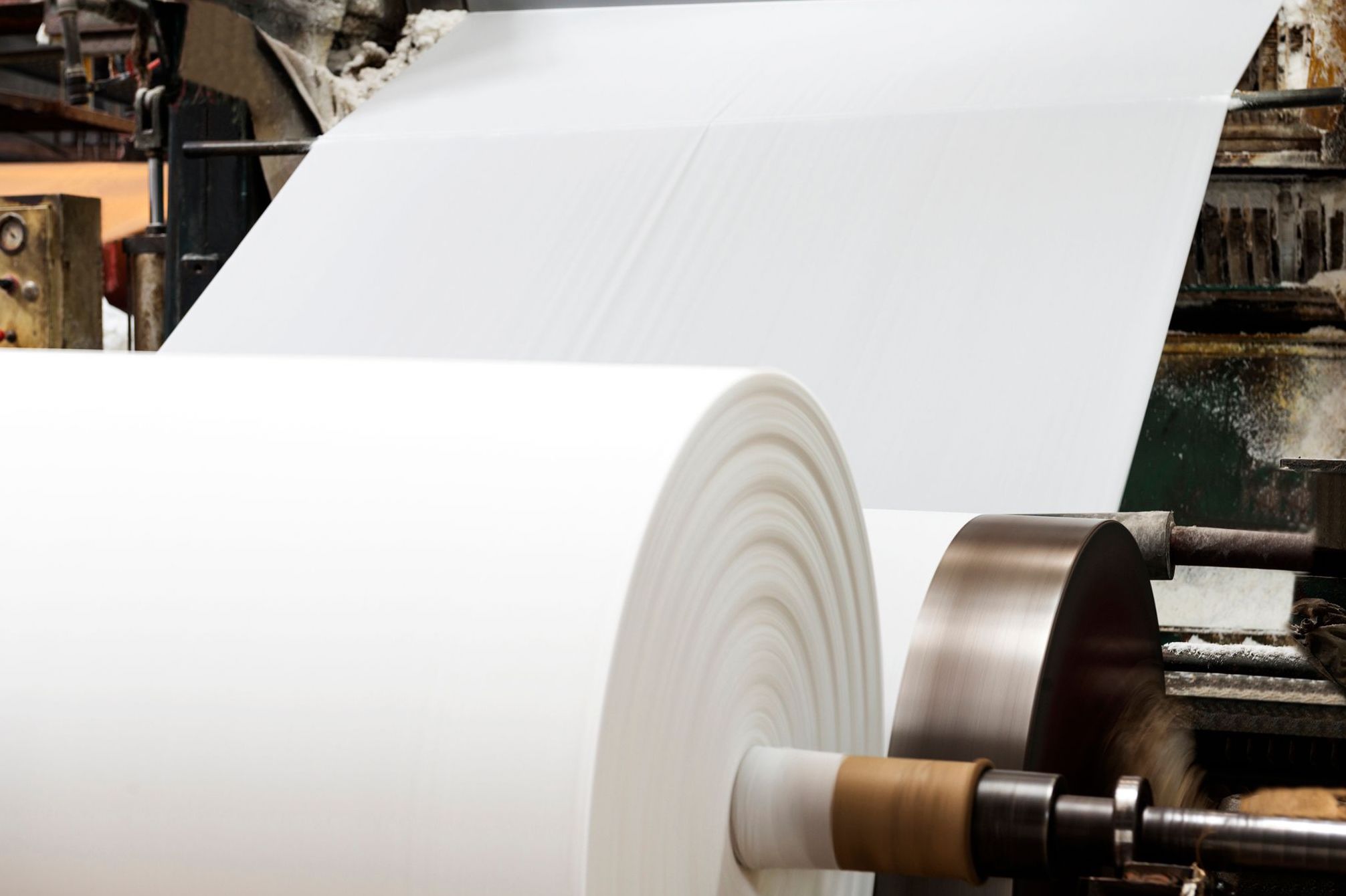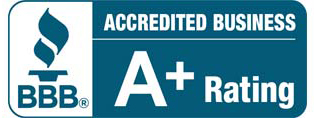When most people think of recycling, they think of plastic and aluminum cans. However, paper is one of the most commonly recycled materials in the world. In this article, we will discuss the process of recycling papers. We will go over each step of the process, from collection to production. By understanding the process of recycling papers, you can help make printing more sustainable.
Process of Recycling Papers
The Collection Process
The first step in the process of recycling papers is the collection. Paper must be collected separately from other items and maintained apart from other waste if it is to be recycled, as contaminated papers cannot be recycled. Paper that has been recovered must be clearly labeled if it is occasionally collected with other recyclables.
The Sorting Process
This process begins with sorting paper products into different categories, such as office paper, newspapers, and magazines. This is a very important step in the paper recycling process because different types of documents require different processing techniques in the next steps to produce various recycled paper products. Once the paper is sorted, it is then sent to a recycling center where it can be recycled.
 The Pulping Process
The Pulping Process
Once the paper arrives at the recycling center, it undergoes a process called pulping. During this process, the paper is mixed with water and chemicals to break it down into small pieces. This process also includes the removal of large non-fibrous contaminants such as plastics or staples. The fibers are gradually cleansed, and the pulp is repeatedly filtered and screened through screens with holes of various sizes and shapes to eliminate impurities like glue globs and plastic shavings.
The De-inking Process
After the pulping process is complete, the next step is called de-inking. This process removes any inks or dyes that are still present on the paper fibers. The recycled paper pulp is mixed with water and chemicals to break down the ink particles. These particles are then skimmed off the top of the mixture and removed from the recycling process.
The Bleaching Process
This process uses chlorine or other bleach compounds to remove any remaining impurities from the paper fibers. The recycled paper pulp is mixed with water and bleach to create a solution that cleanses the fibers of any final contaminants. After this process is complete, the recycled paper pulp is ready to be made into new products!
Making New Papers
This is the last step in the process of recycling papers. Here, the cleaned paper pulp is prepared for use in the production of new paper in the final stage of the paper recycling process. It is typically blended with virgin wood fibers to make the pulp smoother and stronger than it was originally. However, recycled paper fibers can be used independently and are not necessarily necessary.
At this point, chemicals and warm water are mixed with the paper pulp. The mix has much more hot water than paper fibers and chemicals. The mixture is then pumped into the headbox of a papermaking machine, which is constantly sprayed onto a large screen that looks like wire mesh and moves very quickly with the machine. As the water starts to drain out of the pipes, the recycled paper fibers start to stick together and form a wet sheet. A system of felt-covered press rollers moves the sheet quickly. This squeezes even more water out of the paper pulp, making it look like it was just made.
FAQs on Paper Recycling
Which paper can you recycle and not recycle?
You can recycle all types of paper except for those that are wax-coated, such as milk or juice cartons. You should also avoid recycling paper that is soiled with food or other contaminants.
What are some examples of products made from recycled paper?
Some examples of products made from recycled paper include toilet paper, paper towels, notebook paper, and construction paper.
How much energy does it take to recycle paper?
It takes about two-thirds less energy to recycle a ton of paper than it does to create new paper from scratch. Recycling one ton of paper can save enough electricity to power the average American home for six months!
Are all papers biodegradable?
No, not all papers are biodegradable. However, recycled paper is often made with a process that uses fewer chemicals and less water than the process used to make virgin paper. This makes the recycled paper more environmentally friendly and easier to break down once it has been used.
What are some other benefits of recycling paper?
In addition to saving energy and resources, recycling paper also reduces greenhouse gas emissions. Recycling one ton of paper can save up to 17 trees, 700 gallons of water, and three cubic yards of landfill space!
What are some tips for recycling paper?
Some tips for recycling paper include:
- Collecting all types of paper in a designated bin or container
- Avoiding contamination by keeping the paper clean and dry
- Making sure the paper is not wax-coated or soiled with food
- Flattening all types of paper to save space in the recycling bin
- Checking with your local recycling center for specific guidelines on what types of paper they accept.
The process of recycling papers is very important in today's society. Not only does it help to save our environment, but it also helps to conserve resources and energy. It is a process that everyone should be aware of and participate in whenever possible. Thanks for reading, and we hope this article was helpful! If you have any questions or comments, please feel free to leave them below!



 The Pulping Process
The Pulping Process



